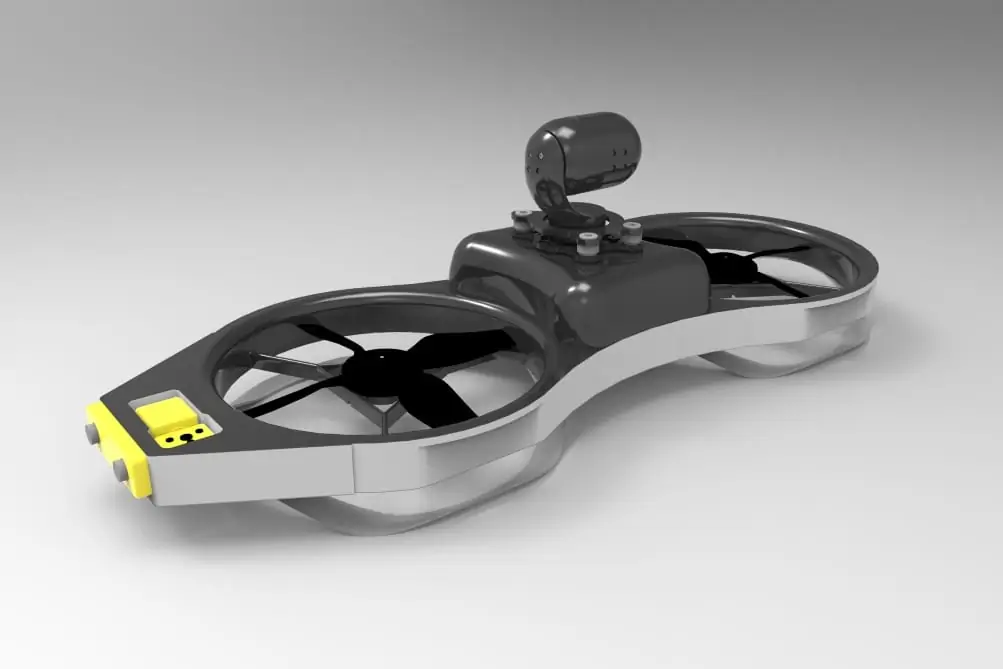UK Defence Secretary Sir Michael Fallon has announced the winners of an innovation challenge aimed at finding solutions for investigating future chemical or bio-hazards. As part of a collaboration between the Ministry of Defence and the Home Office, the Defence Secretary has awarded funding to a range of small-and-medium-sized-enterprises (SMEs) with high-tech unmanned systems concepts to assess potentially hazardous scenes.
Sir Michael Fallon said: “With intensifying threats abroad and the risk of accidents at home, we need the very latest technology to respond to any incident. Competitions like this with our £800 million Innovation Fund will ensure Britain has the latest in cutting-edge technology needed help keep us safe.”
The Defence Secretary made the announcement on the back of chairing the quarterly Defence Suppliers Forum, which brings together prime contractors, international companies and SMEs.
The Minister for Security Ben Wallace said: “This competition has the potential to see world-class equipment created to support the emergency services when they arrive on the scene of an incident. Through this funding, the Government is able to collaborate with academics and the private sector to turn these innovative ideas into front-line tools.”
Amongst the winners were:
- Snake Eyes, produced by Autonomous Devices Limited in Milton Keynes, which is small enough to be posted through a letter box and relay 3D images of a space and can detect chemical agents.
- Bath-based BMT Defence Services, who have designed an unmanned aerial vehicle with high-tech gas-sensing technology.
- Horiba Mira, based in Nuneaton, which has a robot with its own neural networks which can deploy on decontamination missions.
- Loughborough University, with a pocket-sized drone which can search for chemicals.
The awards, worth over £1.6m, came as part of the Autonomy in Hazardous Scene Assessment competition, aiming to bring designs into being, and eventually use, in a much shorter space of time than is usually possible.
Through the Defence and Security Accelerator, working with the Defence Science and Technology Laboratory (Dstl), the competition –to be named Minerva – is set to meet some of the challenges of assessing potentially hazardous scenes.
Peter Stockel, from Dstl, said: “After a fast-paced first phase, we are now delighted to rapidly move the project forward into phase 2 with four highly innovative and technically exciting system propositions to tackle this priority challenge for UK Defence and Security.”
“With continued involvement and demonstration with the user community, we aim to mature this emergent capability over the next 12 months to test the ‘art of the possible’ and accelerate this into the hands of the prospective users for further operational evaluation, both for MOD and the Home Office.”
The first round of the competition saw 18 companies selected for funding. This, the second round, chooses four of those initial winning companies to further develop their concepts.



















